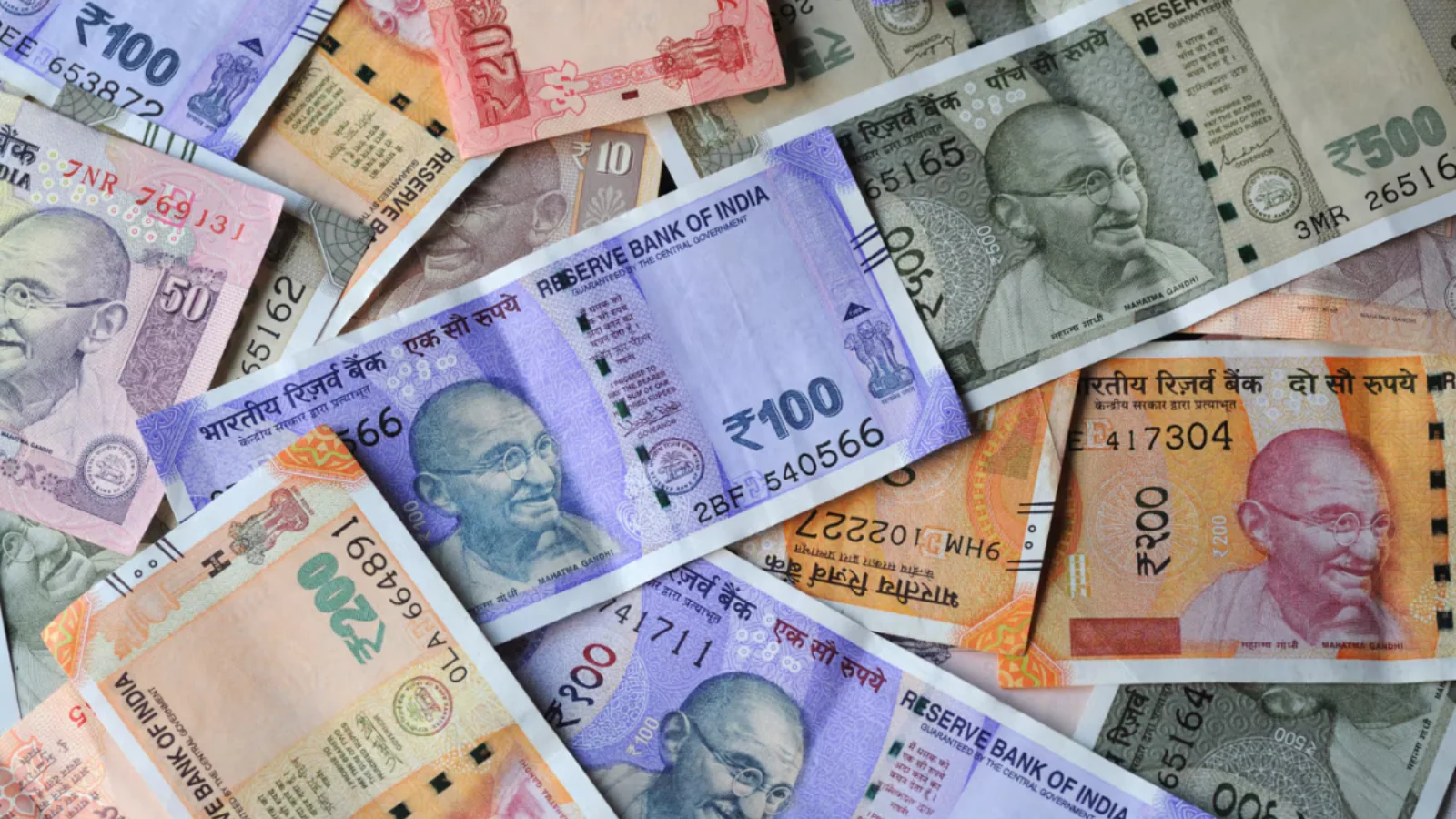By News18
Most of us handle currency notes every day, yet few know what they’re actually made of. While digital payments have surged across the country in recent years, cash remains king in most transactions, whether it is on roadside stalls or large-scale retail outlets. You’ve probably used Rs 10, Rs 100, Rs 500 or even the now-discontinued Rs 2000 notes, but have you ever paused to wonder what goes into making them?
Recently, this very question sparked curiousity on social media platform Quora. One user asked, “What is the paper of Indian currency notes made of?” The discussion took off, with many confidently assuming it’s just ordinary paper. But the reality is far more interesting, and secure.
According to the Reserve Bank of India (RBI), currency notes are not made of regular wood-based paper. Instead, they are made from 100% cotton fibre, a material chosen for its durability, security, and longevity.
Why Cotton?
Cotton-based notes offer several advantages over paper. They’re tougher, don’t tear easily, and withstand repeated folding, exposure to moisture, and the wear and tear of daily use. More importantly, the texture and strength of cotton make it ideal for embedding sophisticated security features that deter counterfeiting, something a simple paper note could never handle.
This revelation might remind viewers of Shahid Kapur’s character in the hit web series Farzi, where he becomes a master at counterfeiting currency notes. While the show is fictional, it shines a light on how difficult it is to replicate real notes, a difficulty rooted in the sophisticated materials and design used by the RBI.
Layers of Security You Might Have Missed
Each banknote is a blend of advanced features that combine science and art. These include:
Security Thread: A silver line that runs through the note.
Watermark & Electrotype Watermark: Portraits and figures that appear only when the note is held against the light.
Latent Image: Hidden symbols visible only at certain angles.
Microlettering: Tiny text, like ‘RBI’ or the denomination, readable only under magnification.
See-Through Register: An incomplete design printed on both sides that forms a complete image when held against the light.
Governor’s Signature and RBI Seal: Official identifiers of authenticity.
Colour-Shifting Ink: Used in denominations like Rs 500, where the number changes from green to blue depending on the viewing angle.
These elements not only make notes harder to counterfeit but also give users easy ways to verify if a note is genuine.
India is not alone in using cotton-based currency. The United States, for example, manufactures its banknotes using a blend of 75% cotton and 25% linen, as confirmed by the Bureau of Engraving and Printing. This tradition of using cotton goes back centuries and has been upheld precisely because of its proven durability and adaptability.
